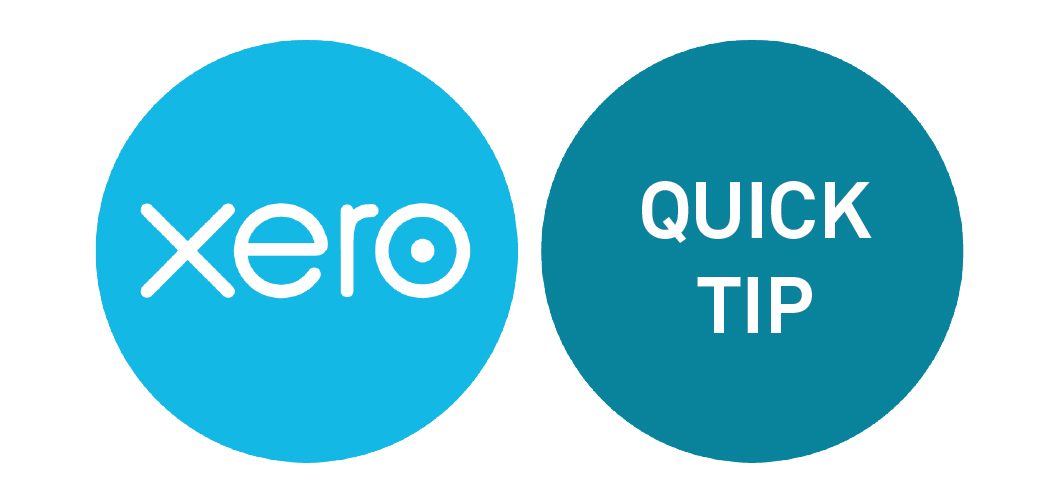The changing face of business software
If you started a new business a few years ago you would probably have bought an office suite to help you run it. This would contain a word processor, a spreadsheet application, a presentations tool and maybe a drawing package and database program too.
Then you’d spend time setting up these applications to suit your business. That meant creating templates for documents, using spreadsheets as invoices and building presentations for clients. Office suites usually didn’t include an accounting package, so you’d have had to buy that separately, along with any specialist software.
This all worked quite well, but there were some major problems.
Five reasons why traditional software doesn’t work
1. Jack of all trades but master of none
These suites were designed for every business, which meant you were paying for features that you might never use. They also used a lot of computing power because they were so big and bloated.
2. Upgrade delays
Most software suites were updated once every year or 18 months, so you’d have to wait a long time for a new feature you really needed. And bugs took a long time to fix, too.
3. Poor integration
Connections between the software packages in the suite were reasonably good, so you could import spreadsheet data into your word processor, for example. But connecting to other applications, such as accounting software, was much more tricky. Sometimes it might work, sometimes not.
4. Expensive to use
Office suites have never been cheap, especially the ones from big software companies. For a small business on a budget, the cost could be a real problem.
5. Licensing issues per user
Office suites were usually sold on a per-user basis. You often had to decide how many licences you’d need and pay for them up-front. Not ideal for a growing business.
Things have changed, and now there’s a better way to get the right product for your company.e one-size-fits-all package is no longer the ideal option.
The new world of business software
Office suites are still available today, and many companies find them useful. They’re especially popular in larger organisations, where in-house IT teams can configure them in bulk to suit their users.
But for smaller businesses, the one-size-fits-all package is no longer the ideal option. The explosion of apps in the past few years has given small businesses much greater choice.
Now you don’t need to buy an entire office suite just to use ten percent of its features. Instead you can buy individual apps that provide everything your business needs, often at a much lower price.
Many of these new apps connect together almost like building blocks, sharing data with ease. And since they are often cloud-based, they can be accessed from anywhere, not tied to a single desktop computer.
Seven ways to make custom business software work for you
So how do these apps work, and what are the benefits? We’ve compiled seven of the main points here.
1. Pick and mix the software you need
Maybe you need a CRM application but not a word processor, or an accounting package but not a spreadsheet. That’s easy – pick and choose what you need, not what a software company thinks you need.
2. Find specialised software for your business
Plenty of software products are written by small development companies to solve specific problems. Chances are, one of them has written an app that does exactly what you need – and if they haven’t, you could ask someone to write it. Search the software marketplace and see what turns up.
3. Get fast upgrades and bug-fixes
Small, nimble development companies can upgrade their software much faster than big software houses. That’s because they’re only working on a tiny fraction of the code. It’s much easier to update a time-tracking app than an entire spreadsheet application, for example. So you get faster updates.
4. Join it all together
Business products should be designed to be easily integrated together. Some of the best can connect to more than 300 other add-on applications or software products. So you instantly have access to 300+ extra features that could be ideal for your business. You can build a solution that suits you perfectly.
5. Scale it up easily
If business is booming and you’re taking on more staff, no problem. It should be easy to add more users to cloud-based business software – and the best accounting software allows you to add unlimited users for free so that your business can grow with you.
6. Benefit from a fast-changing market
It’s a great time to be a user of business applications, because the market is changing so fast. Thousands of developers are competing for your business, trying to create the best software for you to use. No other software market offers such a wide range of business tools, and it’s growing all the time.
7. Access your software anywhere, anytime
Many of the better products are cloud-based, which means you can access them from your laptop, desktop computer, tablet or smartphone. This lets you keep up to date with your business wherever you happen to be, any time of the day or night.
Make custom business software work for you
So the key benefit of cloud-connected products is that you can shape the software around your business – instead of trying to shape your business around the software.
With a little thought and planning you’ll be able to buy the tools you need to manage different parts of your business. Then you can join them together easily so they share data with each other.
Why buy an off-the-shelf suite when you can buy individually-crafted product instead? Scalable, connected and regularly updated – cloud applications offer a better way to run your business.
Call us today to see how we can help to make custom cloud business software work for you.
Specialising in Xero bookkeeping, Notch Above is a Brisbane bookkeeper and BAS Agent located in Alderley that offers Xero setup, as well as training and ongoing support. Notch Above can take care of all the bookkeeping tasks you would rather not do, like bank reconciliations, supplier payments, payroll services, debtor control and BAS returns.
Thanks for Xero for providing this article





